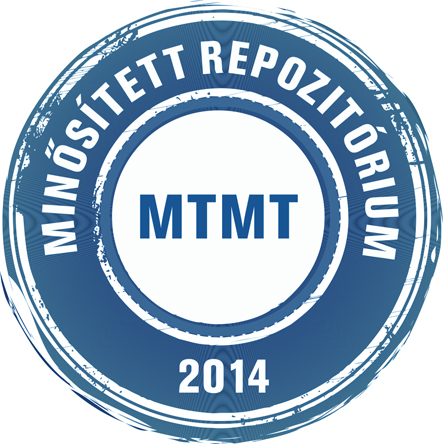Haidu Daniela; Párkányi Dénes; Antal Diana; Savii Cecilia; Kurunczi Ludovic: Standardization process by NAA method for phytopharmaceutical industry.
Előnézet |
Cikk, tanulmány, mű
proceedings_of_isaep_2017_006-007.pdf Letöltés (495kB) | Előnézet |
Absztrakt (kivonat)
The ancient therapeutic remedies for modern needs are represented by medicinal crop plants, the raw material for phytopharmaceutical forms. Medicinal plants are generally viewed only in terms of beneficial effects without considering the potentially toxic side [1]. In this context in the present study elemental composition for seven representative medicinal crop plants as: coriander, dill, Echinacea, lavender, chamomile, mint and plantain, cultivated in unpolluted areas in Romania, were analyzed. Among many analytical methods used for determination of plant elemental content, that generally imply the vegetal matrix disintegration, the Neutronic Activation Analysis (NAA) is classified as primary ratio method [2]. By validating the NAA procedure by statistical evaluation of the nominal error En≤1 (ISO 13528-2015) [3], NAA proved to be an accurate, specific and multielement analysis technique for medicinal plants with the advantage of eliminating the preliminary step of digestion, in this way certain errors being avoided. This method is differentiated as one with high potential to obtain internal plant standards in the phytopharmaceutical industry. These standards can be vegetable matrix, or plant specific, once achieved can be used a long period of time to verify and validate more routinely accessible analytical techniques, which in turn require a digestion stage. A critical assessment provided by the results include the essential nutrients (K, Ca, Mg, Na, Fe, K, Mn, Zn), micro- and trace elements (Co, Cr, Cu, Ni, Se, V), as well as the undesirable, potentially toxic elements (Al, As, Ba, Co, Cr, Ni, Sb) together with rare earth elements. The values are comparable with literature. These plants may provide a useful contribution to food intake with essential macronutrients (K, Ca, Mg) and the concerns regarding the toxicity of metals for a person, are removed. Seemingly the Al (4997 ppm) and Fe (3315 ppm) [4] content in lavender is of some worry. In fact, many studies [5] revealed that some plants species, and lavender among them, exhibit metal bioaccumulation properties and are used for phytoremediation of contaminated soils. This dual implication, beneficial for soil depollution, but critical in transmitting the accumulated metals to humans, is to be considered. Choosing an unpolluted area, in order to cultivate medicinal plants, seems to be an efficient strategy from this point of view. Still, another conclusion is that a rigorous analytical control of the raw materials is advisable for some of the elements (among them aluminium) to avoid risks.
| Mű típusa: | Konferencia vagy workshop anyag |
|---|---|
| Befoglaló folyóirat/kiadvány címe: | Proceedings of the International Symposium on Analytical and Environmental Problems |
| Dátum: | 2017 |
| Kötet: | 23 |
| ISBN: | 978-963-306-563-1 |
| Oldalak: | pp. 6-7 |
| Konferencia neve: | International Symposium on Analytical and Environmental Problems (23.) (2017) (Szeged) |
| Befoglaló mű URL: | http://acta.bibl.u-szeged.hu/55894/ |
| Kulcsszavak: | Gyógyszerkémia - előadáskivonat |
| Megjegyzések: | Bibliogr.: 7. p. ; összefoglalás angol nyelven |
| Feltöltés dátuma: | 2018. dec. 13. 12:11 |
| Utolsó módosítás: | 2022. aug. 08. 15:49 |
| URI: | http://acta.bibl.u-szeged.hu/id/eprint/56142 |
 |
Tétel nézet |



